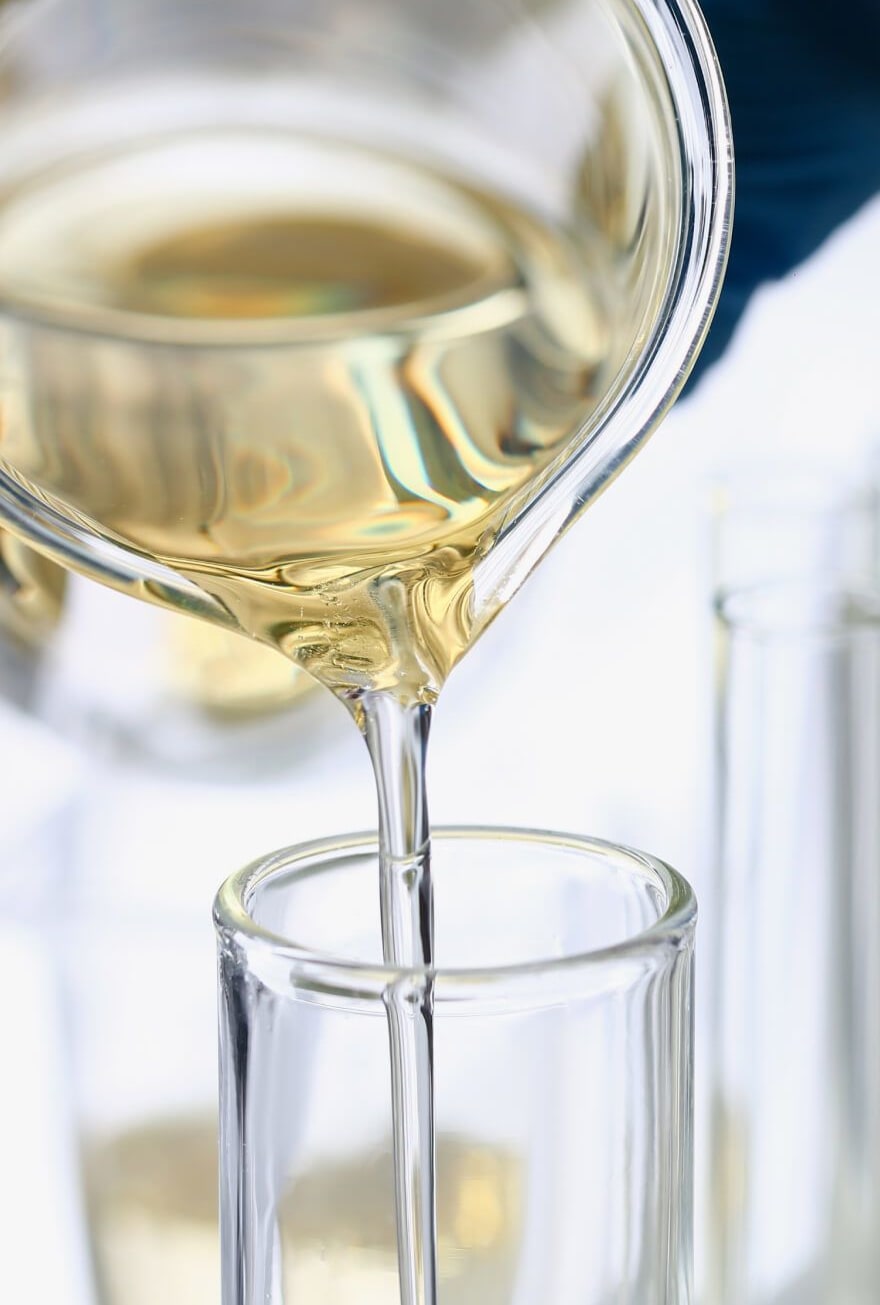Knowde Enhanced TDS
Identification & Functionality
- Agrochemical Functions
- Technologies
Features & Benefits
- Labeling Claims
- Agrochemicals Features
Applications & Uses
- Applications
STEPGROW RM 1004 is a ready-to-use rheology modifier for oil dispersion (OD) formulations in agricultural applications.
Properties
- Formulation Type
- Physical Form
- Appearance
- Grayish green viscous liquid (at 25°C)
- Typical Properties
| Value | Units | Test Method / Conditions | |
| Active Content | 100.0 | % | — |
| Boiling Point | min. 100 | °C | — |
| Density (at 25° C) | 0.94 | g/ml | — |
| Flash Point | min. 94.0 | °C | — |
| Interfacial Tension | 36.2 | nM/M | — |
| Specific Gravity (at 25°C) | 0.93 | — | — |
| Viscosity (at 25°C) | 1200 | cps | — |
| Freeze Point | -5 | °C | — |
| pH Value (5%, IPA/H₂O 1:1) | 7.2 | — | — |
Safety & Health
- Health Effects
STEPGROW RM 1004 is expected to be practically nontoxic orally (LD50 > 5000 mg/kg) and moderately to severely irritating to both skin and eyes.
Packaging & Availability
- Packaging
STEPGROW RM 1004 will be available in drums.
Storage & Handling
- Storage Conditions
- Non-Bulk Storage Recommendations: STEPGROW RM 1004 should be stored in closed containers and kept in a cool, dry place, away from strong oxidizing and reducing agents. If material is frozen it should be heated gently and stirred to ensure it is homogeneous prior to use.
- Bulk Storage Recommendations: STEPGROW RM 1004 should be stored in vessels of 316 stainless steel. Material should be stored between 20-40°C (68-104°F). Pumps, pipes and transfer lines should be 316 stainless steel.
- Workplace Exposure
Occupational exposure can occur primarily through skin contact or via inhalation of vapors and mists. Engineering controls, personal protective equipment, and other workplace safety practices should be used to control these exposures.

